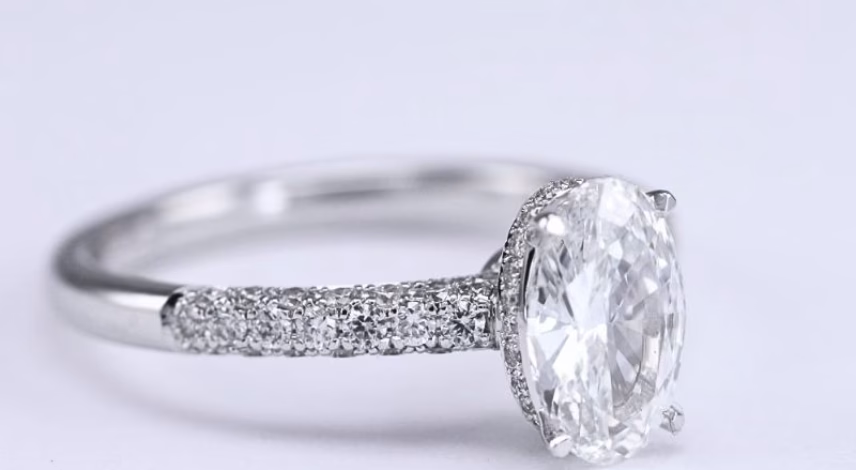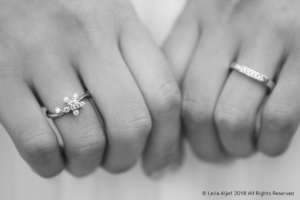


The world of fine jewellery is witnessing a shift with the rise of lab-grown diamonds, and as someone deeply rooted in the beauty of natural (mined) diamonds, I find myself reflecting on what the future might hold for these precious gems.
Recently, Bloomberg highlighted how the rise of lab-grown diamonds is reshaping the jewellery industry. De Beers, the world’s largest diamond producer, has been compelled to cut prices by over 10% due to a slump in demand. This shift has left many in the industry questioning the longevity and value of natural diamonds in a market increasingly embracing lab-grown alternatives.
Lab-grown diamonds are marketed as ethical and sustainable. They are visually identical to their natural counterparts, offering an appealing choice to cost-conscious consumers who value the sparkle without the same price tag. As an OEM business, we’ve crafted thousands of rings and earrings with lab-grown diamonds, catering to market demands. But my heart still lies with the unique allure of natural diamonds.
The situation reminds me of the story of pearls.
When the late Kokichi Mikimoto introduced cultured pearls to Europe, they were initially dismissed because they weren’t “natural” pearls. Yet, over time, cultured pearls gained acceptance and became the mainstream choice. Despite this, natural (wild) pearls have retained their exclusivity and prestige. I see a parallel with diamonds—while lab-grown diamonds may dominate the mainstream market, natural diamonds will likely remain symbols of rarity and enduring value.
The discourse surrounding sustainability frequently highlights lab-grown diamonds as a more environmentally friendly alternative. However, this narrative is more nuanced. While natural diamond mining impacts the Earth, modern practices focus on reducing environmental damage and supporting local communities. On the other hand, lab-grown diamonds, produced in high-energy laboratories, can have significant carbon footprints depending on their energy sources. It is likely that efforts are being made to mitigate carbon emissions across all aspects of their production.
Similarly, the rarity of natural pearls today is due in part to conservation efforts to protect marine ecosystems. The natural pearl industry has transitioned to cultured pearls as a sustainable alternative. This highlights that both natural and lab-grown diamonds have positive and negative aspects. The sustainability debate should consider the full lifecycle and ethical practices of both options.
At MIYOCO, we are committed to using ethically sourced natural diamonds that align with our values of sustainability and craftsmanship. Because our clients appreciate the authenticity and heritage of natural gemstones, recognizing that a connection to Earth’s artistry, power, and beauty.

The jewellery industry is obviously in a period of transformation, and it is difficult to predict the long-term implications. However, I believe that the appreciation for natural diamonds will endure. The emotional significance of gifting a natural diamond, especially for an engagement ring—a token of love and commitment—goes beyond trends and technology. While lab-grown diamonds may appeal to a broader audience, we are here as a natural (mined) diamonds jewellery brand for our clients who value authenticity and legacy.
Is it old-fashioned to stick with natural diamonds? Perhaps 🙂 … but I see it as honouring the timeless allure of nature. Just as cultivated pearls didn’t erase the value of natural pearls, I believe lab-grown diamonds will coexist with natural diamonds, each respected for its unique qualities.
Natural diamonds connect us to Earth’s history and embody authenticity, while lab-grown diamonds reflect innovation and accessibility. Both have their place, but at MIYOCO, our heart lies with celebrating the beauty and legacy of natural diamonds.
I’d love to hear your thoughts. Do you see yourself choosing a natural diamond for its history and uniqueness, or would you consider lab-grown for its modern appeal? Does it depend on the piece? Should I start using lab-grown diamonds for my collections? Let me know—I’m curious to hear your perspective!